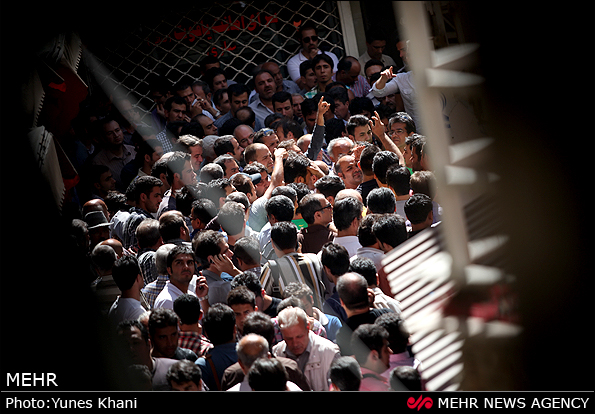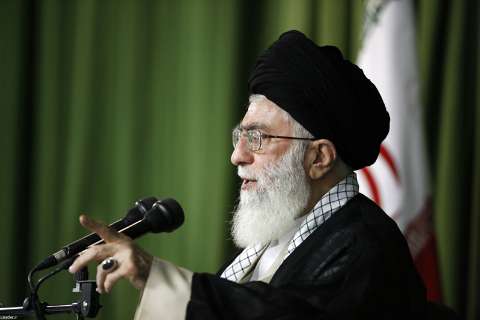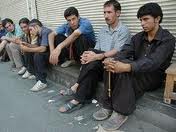See also Iran Snap Analysis: The Currency Falls --- What Does It Mean?
The Latest from Iran (20 December): The Strains Within
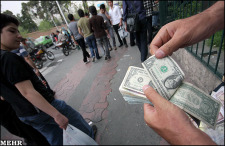 1705 GMT: Oil Watch. A bit of good news for Tehran amidst the economic pressure on the regime, including the possibility of a European Union ban on supplies of oil from Iran....
1705 GMT: Oil Watch. A bit of good news for Tehran amidst the economic pressure on the regime, including the possibility of a European Union ban on supplies of oil from Iran....
Turkey's biggest crude oil importer Tupras has renewed its annual deal to buy crude oil from Iran for 2012, at almost the same volumes as this year, according to industry sources.
China's top refiner Sinopec Corp said that buy less than half the crude it normally imports from Iran in January.
1655 GMT: Najmeh Bozorgmehr of The Financial Times offers valuable interpretation of the currency crisis:
The managed float mechanism has collapsed for much of this year. The central bank’s adoption of a multiple-rate system has also failed to bring back stability to the market and to foil the impact of international sanctions aimed at Tehran’s nuclear programme. Sanctions have caused the cost of financial transactions to increase, by forcing them to go through numerous back channels, and have hit foreign currency markets by reducing the supply of cash.
But there are also domestic dynamics at play. While the market remains anxious about the possibility of a European Union oil embargo and the US imposing sanctions on the central bank, local media have accused the government of Mahmoud Ahmadi-Nejad, president, of engineering a deliberate devaluation to boost the rial value of its oil income in the final months of the fiscal year to March.
Economists and parliamentarians have predicted this year’s budget deficit could be as high as $30bn, or 7 per cent of the country’s GDP.
The government is due to present its budget bill to parliament soon and some analysts believe the government is allowing the rial to weaken to reset the official exchange rate to the dollar in the budget, which has traditionally sat around the 10,000 mark.
But Iran’s minister of economy and finance, Shamsoddin Hosseini, on Wednesday denied any such intention. “The government has had no, [absolutely] no deliberate plan to strengthen the dollar rate,” he said, and promised to announce “a plan to manage the market” soon.
Click to read more ...
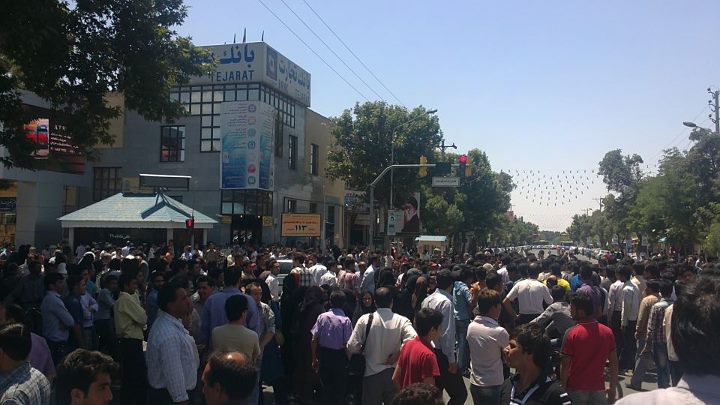 Protest over Inflation, July 2012"Thanks to the strength of the salaried middle class and president Ahmadinejad’s free spending habits, awareness of inflation has heightened in all decision making circles in Iran.”
Protest over Inflation, July 2012"Thanks to the strength of the salaried middle class and president Ahmadinejad’s free spending habits, awareness of inflation has heightened in all decision making circles in Iran.”
 Friday, January 25, 2013 at 13:02
Friday, January 25, 2013 at 13:02
